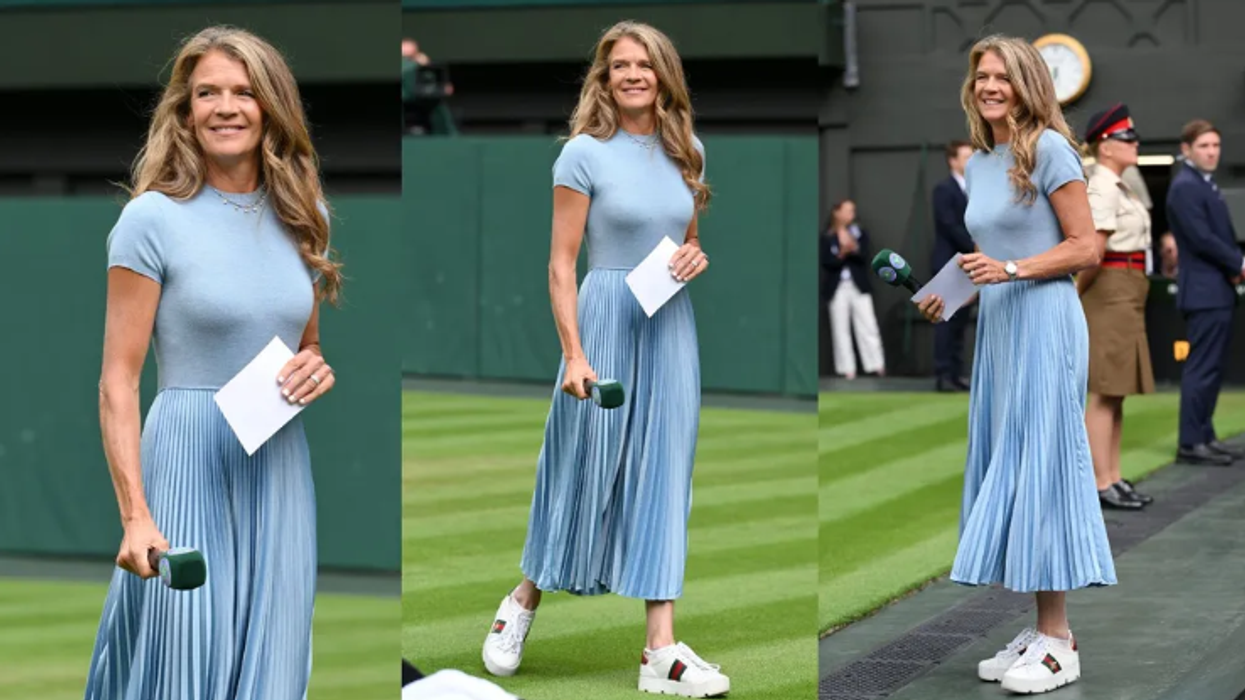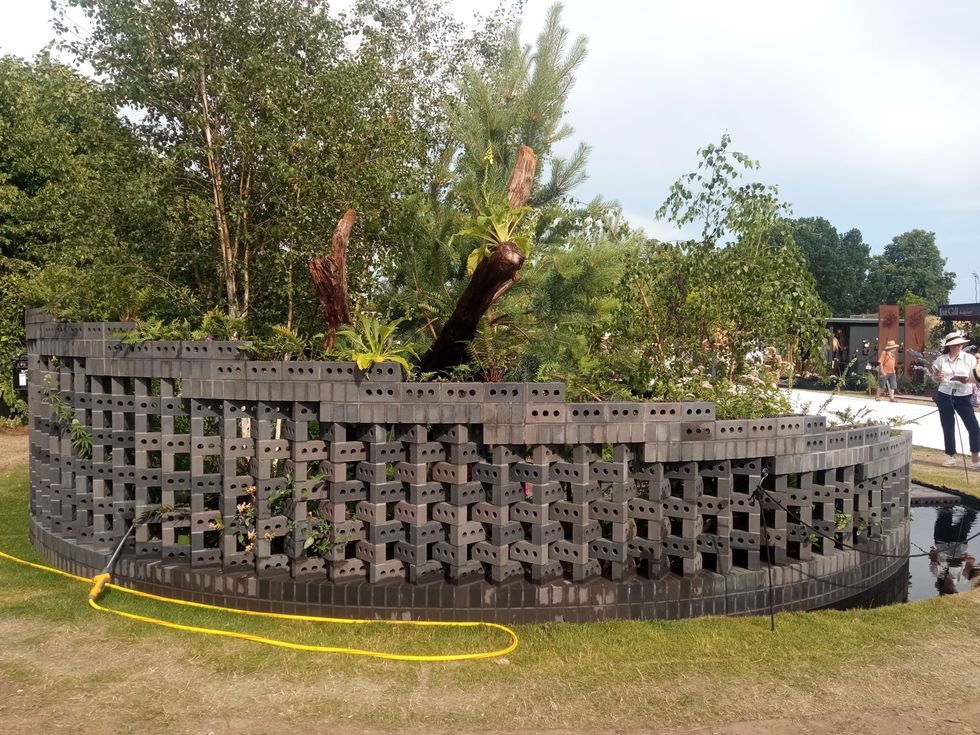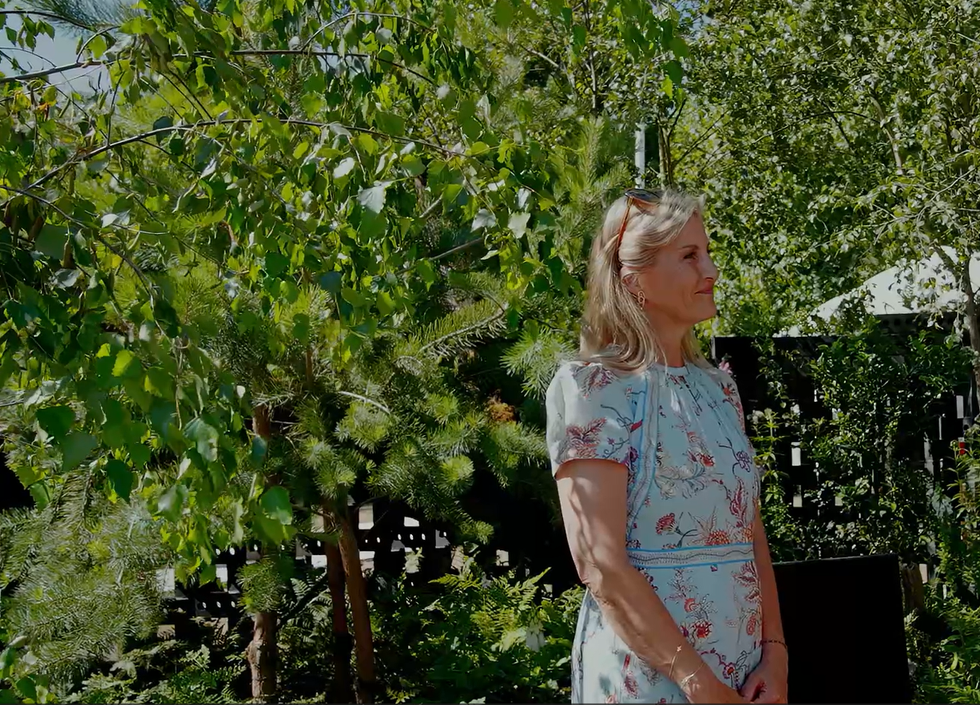by LAUREN CODLING
LEADING lawyers have slammed the “atrocious” under-representation of ethnic minorities in the legal sector, as new findings showed BAME prospective barristers are less likely to get a pupillage than their white counterparts.
From 2013 to 2017, only 23 per cent of Bar Professional Training Course (BPTC) graduates from BAME backgrounds commenced pupillage – compared to 44 per cent of their white counterparts, a new report by the Bar Standards Board (BSB) found.
This was despite the candidates having the same grades as one another.
The figures come months after the BSB released a separate report in February which revealed that the overall percentage of BAME barristers at the Bar had only increased
by 0.3 percentage points compared to December 2017, and 0.8 percentage points compared to December 2016, to 13 per cent.
Sailesh Mehta, a barrister at Red Lion Chambers, said the latest findings did “not make pleasant reading for the next generation of barristers”.
“A profession that professes to espouse justice and fairness should not itself have unfair barriers to entry,” Mehta told Eastern Eye. “The difference between now and then is that the leadership and the rank and file of the Bar does want to level the playing field.
“It will take a little more time, but it will happen.”
Acknowledging that change does not come quickly, Mehta argued that it only came with “agitation and protest”.
“It should not be forgotten that the key drivers for change rarely came from the leadership of the Bar,” he added. “As always when there is unfairness, vested interests dug in to maintain the status quo.”
Lynne Townley is the chair of the Association of Women Barristers (AWB). Speaking to Eastern Eye on Monday (8), she said the statistics “came as no surprise”.
“BAME candidates are still atrociously under-represented at the Bar and, in particular, in senior legal positions,” she said, adding that the AWB ran a clinic with the Society of Asian Lawyers last year to encourage under-represented groups to apply to become Queen’s Counsel.
“At that time there were only 29 BAME women in silk in England and Wales,” Townley recalled.
“This has to change.”
According to Townley, the change needed requires a push from government and institutional levels.
“While there is a lot of positive talk about diversity, affirmative action needs to be taken and this needs to be borne out in the statistics,” she said.
“We need to see an increase not only in the number of BAME candidates bring offered pupillage, but in the numbers taking silk and also being appointed to the judiciary.”
A senior barrister, who wished to remain anonymous, echoed similar sentiments. Agreeing that the statistics were not surprising, she said there is a “tendency to rely on there being visible tokens and some statistical improvement”.
“That means no one has to dig deep and look at the whole issue from recruitment to retention and onwards to advancement and appointment,” the barrister told Eastern Eye. “I have been in this for many years and continue to be disappointed.”
However, she believes the Asian community needs to do more in order to make a difference.
“We should do more to help each other and others from nontraditional backgrounds,” she
urged. “This is something that has to be confronted.”
Responding to Eastern Eye on Monday, the BSB said they were concerned by the findings in relation to BAME students.
In light of the data, a BSB spokesperson said they were considering what more they could do
to encourage a more diverse Bar as part of the BSB’s Equality and Diversity strategy.
“We have established a Race Equality Taskforce to support our work in this area,” the spokesperson added. “We are already consulting stakeholders as to how we can ensure greater fairness in the recruitment and advertising process for pupillage.”
Other key findings revealed that BAME students in the Bar Professional Training Course had risen to 37 per cent, around six percentage points higher than in 2012-13. The number of female BPTC students had also increased from 52 per cent in 2011-12 to 56 per cent in 2017-18.
















 The circular structure inspired by jali screens in India
The circular structure inspired by jali screens in India Sophie, Duchess of Edinburgh, at the garden
Sophie, Duchess of Edinburgh, at the garden The couple display their medals
The couple display their medals
